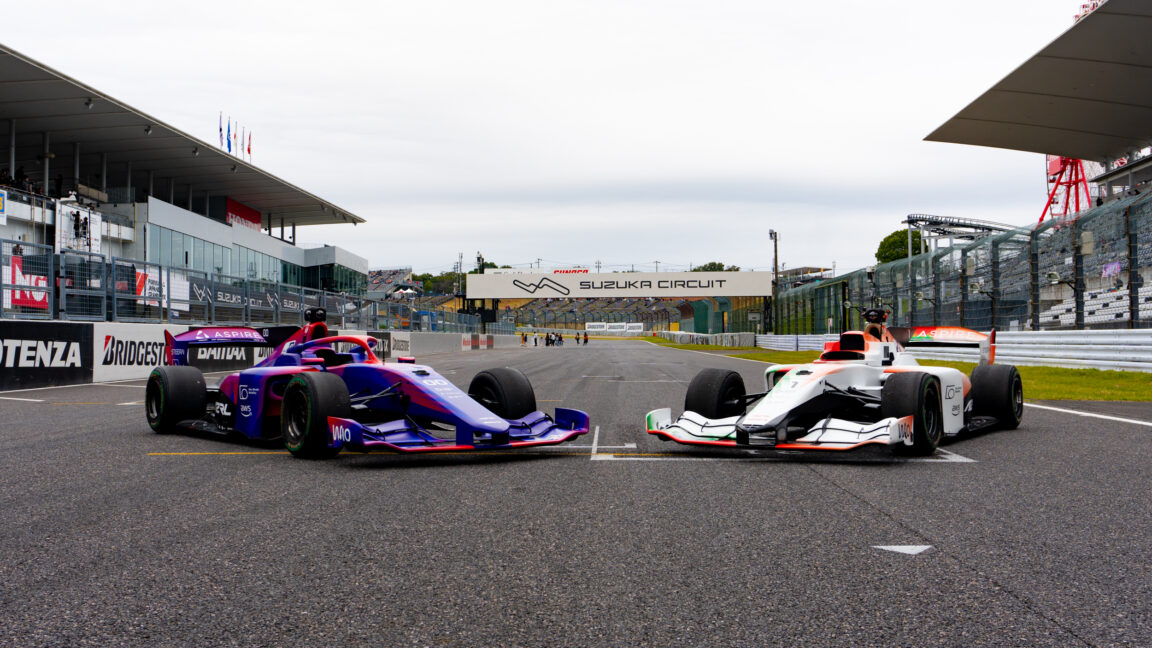Sports
Cothrum: Pro sports is serious business. Eric Johnson should tackle it

We’ve recently learned that two professional sports teams are headed to Dallas, and Mayor Eric Johnson is trying to lure a third.
Recently, Johnson advocated for the NFL’s Kansas City Chiefs to consider relocating to Dallas. Perhaps the mayor was joking or poking the Chiefs after voters there recently rejected a sales tax initiative to pay for, among other things, renovations to Arrowhead Stadium. The mayor apparently hopes the team might return to their original home of the Cotton Bowl, where they were the Dallas Texans.
In 2022, Johnson tweeted similar overtures to the San Diego Chargers.
Just this month, officials announced that Dallas Trinity FC, a women’s soccer club that’s part of the new USL Super League, will play in the Cotton Bowl.
These are promising developments and good news for Dallas. But if the mayor wants to spend time on sports, he should be putting in effort to keep the Mavericks and Stars in Dallas. These are the only teams that currently play in Dallas — even Southern Methodist University plays in University Park.
The Mavericks delivered a championship to the city most recently in 2011, and the Stars did so way back in 1999. Those are the only major professional sports world titles won by Dallas-based teams.
Johnson noted, “Dallas was named the top sports city in the United States because we play to win.” The designation the mayor referenced was by the Sports Business Journal. The article specifically noted the importance of the region, not the city of Dallas specifically, and noted, “The market’s sports business footprint, which includes Arlington, Fort Worth, Frisco and various U.S. Census-designated suburbs, is growing by the day.”
Dallas has something of a tortured history with its mayors and professional sports. Perhaps the only blemish on J. Erik Jonsson’s remarkable service as mayor was his lack of willingness to support a downtown football-only facility for the Cowboys. Jonsson was a passionate advocate for the arts and not a sports fan. According to my father, who served on the Dallas City Council in the late 1960s with him, Jonsson was unfazed by the loss of the team, thinking it of minor consequence.
Meanwhile, Irving Mayor Robert Power and councilman Dan Matkin (later mayor when the stadium opened) rallied the city to pass a $35 million bond for Texas Stadium. All five Super Bowls won by the franchise occurred during the time it played in Irving.
In 2004 the Cowboys explored multiples sites in the city of Dallas. In 2010, Jerry Jones said publicly that the decision to move to Arlington was the result of Mayor Laura Miller not providing a competitive offer. The mayor had previously opposed the Victory and American Airlines Center project and the lack of a compelling offer made the decision to move to Arlington that much easier.
Arlington was aided by Robert Cluck, its ever-present mayor, who welcomed the Cowboys with open arms and galvanized public resolve to spend the money to gain the Cowboys the way they had previously picked up the Rangers.
The Rangers are in Arlington because of the tremendous efforts of Tom Vandergriff, who served as mayor from 1951 to 1977. Now Arlington has a World Series to show for it. Interestingly, my father went to New York to meet with baseball’s commissioner and represent the city of Dallas because Jonsson was not interested.
Other Dallas mayors have made concerted efforts on behalf of professional sports in the past. Bob Folsom was a star at Sunset High School who went on to star in football at both West Point and SMU, where he remains the only four-sport letterman — in football, basketball, baseball and track.
Folsom, along with my father, was the owner of the American Basketball Association’s Dallas Chaparrals from 1967 to 1971. That enterprise failed in large part because of inferior facilities.
“The Convention Center Arena was not a good place to play,” the mayor’s son, Steve Folsom said. “It didn’t feel like professional basketball and Dallas fans didn’t accept it.”
Recently the city of Dallas saw fit to subsidize the WNBA’s Dallas Wings to the tune of $19 million to play in the Convention Center. The city competed for a franchise that had attendance of only 4,600 per game last season and less than 4,000 the season before. Despite the increased popularity of the sport, the WNBA is heavily subsidized by the NBA and loses money each year. How the team will overcome what the Chaparrals could not is a puzzle that was not solved by the Dallas Diamonds (1979-81 and 1984) of the Women’s Professional Basketball League.
The Diamonds were blessed with the top selection in the draft and picked the Caitlin Clark of the era, Nancy Lieberman (perhaps still the greatest all-round player in the history of the sport). The Diamonds made it to a championship series, but not before moving from the Convention Center to Moody Coliseum. The team, however, was short-lived.
Folsom and his backers were able to sell the Chaparrals, which became the San Antonio Spurs and now boasts five NBA titles. It’ll be interesting to see if a third professional team can somehow survive playing in the Convention Center. I suspect not. I hope citizens expect an accounting for their investment.
Folsom and the Dallas City Council of the late 1970s worked together in a focused manner, hoping to land both pro basketball and hockey teams. Steve Folsom told me, “There was not a 100% chance the city would get a team if it had an arena, but there was zero chance if it didn’t build one.”
Mayor Folsom and others worked with the Hunt family on the Reunion Arena project.
“Reunion was a great place and fans came to support the Mavericks there, fulfilling my dad’s vision for basketball in Dallas,” Steve Folsom said.
Folsom and the council also created the country’s largest arts district during the same time period, achieving one of Jonsson’s chief goals.
Ron Kirk followed Folsom’s path by boldly backing an urban brownfield project that became Victory Park. Kirk helped lead a successful election for $140 million in bonds. His leadership was vindicated when the city retired the bonds in 2011, 17 years early. The mixed-use district has been a tremendous success, but the loss of the Mavericks and Stars would be a crushing blow.
There’s real work to do to keep these teams. The threat to leave is always real. Non-DART cities have an additional penny of sales tax money to entice teams.
The mayor has also created an ad-hoc committee on professional sports recruitment and retention. There’s no task a government committee can’t extend interminably.
The definition of a task force and ad hoc committee are the same: a government entity that takes a year to recognize the obvious. Task forces are not aligned with how the city is actually set up. They play to the media cycle, rather than making an actual impact.
Yet task forces seem to be Johnson’s approach to the most important issues the city faces. He has created task forces for homelessness, violent crime, ethics reform and innovation and entrepreneurship. In fact, I believe task forces are the chief hallmark of Johnson’s tenure as mayor.
The Dallas Cowboys would certainly not welcome a second franchise in this market.
“Well, I like the mayor,” Cowboys owner Jerry Jones told The Dallas Morning News. “I like him personally, but he doesn’t have the depth. He doesn’t have the knowledge that others have regarding how unique Dallas is and how we enjoy the interest in the Cowboys. We wouldn’t want to water that down as it relates to Dallas if he knew as much, and has spent as much time in sports as I have.”
Local sports ownership is a small club. The mayor need not ruffle the feathers of any of the members of the club when he needs to keep the Mavericks and Stars in town.










